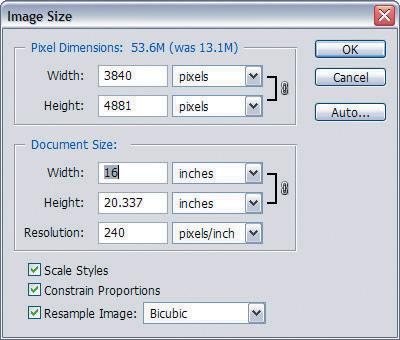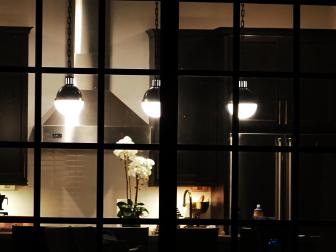Newsletter
Sort By: Post Date TitlePublish Date
|
Aug 30, 2005 |
|
Jul 26, 2005 |
|
Jun 21, 2005 |
|
Jun 07, 2005 |
|
May 24, 2005 |













